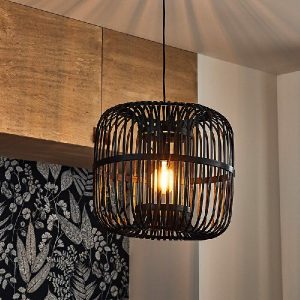
How to Install Chair Rail Molding

Chair rail moulding is a classic architectural detail used to accent the walls of any room. Often, it is paired with other types of decorative molding to enhance the look of a space while also protecting walls from damage and scratches.
How to Install Chair Rail Molding
Chair rail is one of the most misunderstood types of molding and can be tricky to install properly. But the truth is that it can be a very easy and affordable way to add style and texture to your home.
It is a staple in the homes of many families, and it is a simple and effective design element that can help to create a sense of style in any room.
A chair rail moulding is a horizontal strip of trim that covers the entire perimeter of a wall. It is typically 2 to 3 inches thick and can be painted or stained.
Originally, this type of molding was installed in dining rooms to protect plaster walls from dinged by the backs of chairs. However, it has since evolved and is now used throughout the home as a decorative accent that can add both aesthetic value to a room and practicality to the space itself.
The history of chair rail can be traced back to the ancient Roman and Greek architecture. It was first used to separate a wall into different zones that were pleasing to the eye.
Today, this moulding is a popular choice for adding a chic touch to a room, especially in the dining and living areas of the home. It is also commonly found in mudrooms, laundry rooms and other areas where there is frequent movement of furniture.
When installing chair rail, consider the profile of the molding and make sure that it blends well with surrounding trim like door and window casings. Ideally, it should be slightly thinner than these pieces of trim.
Measure the length of the wall where you want to install a piece of chair rail, and cut it to fit. At the inside corners of the room, you will want to cut it at a 45-degree angle so that it miters into the rail on the adjacent wall. If the molding profile is thinner than surrounding trim, you will need to use an outside miter cut.
Then, nail the piece of chair rail to the wall. You can use brads or finish nails to secure it. If you are using a hammer, drill pilot holes to avoid splitting the wood as you drive the nails.
You can paint or paper the wall behind where the chair rail will go before you install it, making it easier to get a good match. You can even use wallpaper below the chair rail and a contrasting color above to define the space.
You can install chair rail at any height, but most experts recommend placing it approximately one-third the distance up a wall. This is in accordance with the proportional relationship between columns in classical architecture.


